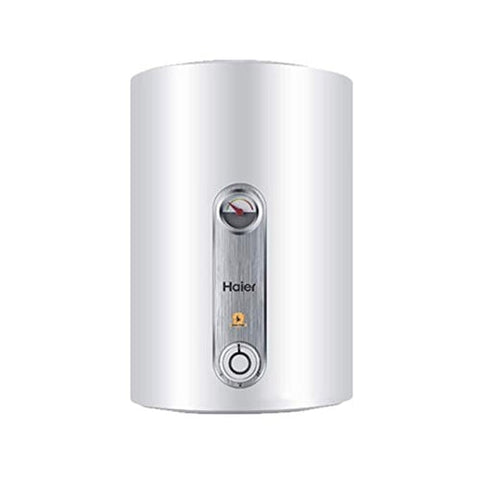A hot-water heater or a geyser needs the maximum amount of care than any other electronics appliances online. Though manufacturers provide the simplest parts which will accommodate the constant heating and cooling, you've got to recollect that even the simplest parts will affect if anesthetize continuous pressure. We'll examine some tips for heater maintenance to prolong its life despite the regular expansion and contraction from heating and cooling.

Points to stay in mind while using a geyser or water heater
-
Space around the heater:
When you are installing a geyser, remember to leave some space between the heater and the walls. If the technician doesn't have enough wriggle room to test out the tank parts, they're going to not be able to service it or repair it properly.
-
Put the water heater device at a maximum height:
Experts suggest that you simply should install the geyser at a height of a minimum of 1.8 metres or 6 feet from the ground. This ensures that the water pressure is sufficient and you get a powerful predicament flow in your tap instead of a trickle.
-
Electrical connections and switches:
Ensure that the geyser is connected to a Miniature fuse (MCB) that cuts off electricity just in case of power fluctuations. this may minimize chances of any contact within the hot-water tank. Also, keep the switch at a sufficient height aloof from babies but not too high that you just or any adult has problems while trying to achieve it.
-
Don't keep the geyser switched on for extended periods:
People usually favor keeping the geyser switched on for extended periods, especially during the morning. the final notion is that since everyone needs warm water before they rush for work or school, keeping the geyser on will save time. that will be the case once upon a time but today’s geysers heat the water within 5 minutes. As keeping the geyser on for extended periods will reduce the lifetime of the apparatus, it makes better sense to place it on only 5 minutes before you wish it and not half an hour before.
-
Save more electricity by lowering the temperature:
Water heater maintenance is very important as you may save electricity as well! If you employ a lower temperature setting because the water will reach that temperature faster. The reduced temperature means the geyser will work less and this may increase its life. Moreover, having warm water instead of highly regarded water within the tap will reduce the chances of any accidental burns. Lowering the thermostat is very important for families with young children. Hot water heater maintenance is hence very crucial to confirm you never run out of predicament during winters.
-
Check the anode rod inside the heater before winter
Larger geysers have an anti-corrosion anode rod inside the tank. This rod attracts rust and other impurities present within the water, thereby preventing the tank from getting rusted or corroded. However, due to this, it itself corrodes away every few years.
Experts suggest that you simply check the anode rod every 3 years to work out if the outer layer of magnesium has corroded away and 6 inches or more of the inner steel core is visible. If that's the case, then the rod must get replaced. The rod also has got to get replaced if it's coated with whitish calcium sediments (happens when the water is hard) or its thickness has reduced considerably to below half an in.
-
Check the pressure release valve
Check a minimum of once a year if the temperature and pressure release valves are working. you'll be able to check this by releasing the pressure a pair of times. it's a serious issue if the escape cock at the heater is leaking. you only have to drain some water out of your water geyser and take away the discharge tube. Thereafter replace the valve and it’s done!
-
Keep an eye on the plug
Power fluctuations and using low capacity wiring for the ability socket means your switch will make a spark every now then. you'll also notice burn marks on your plug’s pins because the higher electricity wattage will heat up the plug and therefore the pins and leave burnt traces.
-
Replace the plastic inlet and outlet pipes with metal ones
It is always better to use metal inlet and outlet pipes since they're more proof against heat than the quality plastic ones you get with a geyser. Also, remember to test the joints regularly. just in case you see whitish deposits from H2O or rust around the joints, then it's time to exchange the inlet or outlet pipe.
-
Get annual maintenance done
Last but not least: If you've got no experience in doing maintenance work on a geyser, and wish to avoid storage tank problems.

1 comment
john
Great content! This is exactly the sort of thing I was looking for. Thanks for your help 🙂